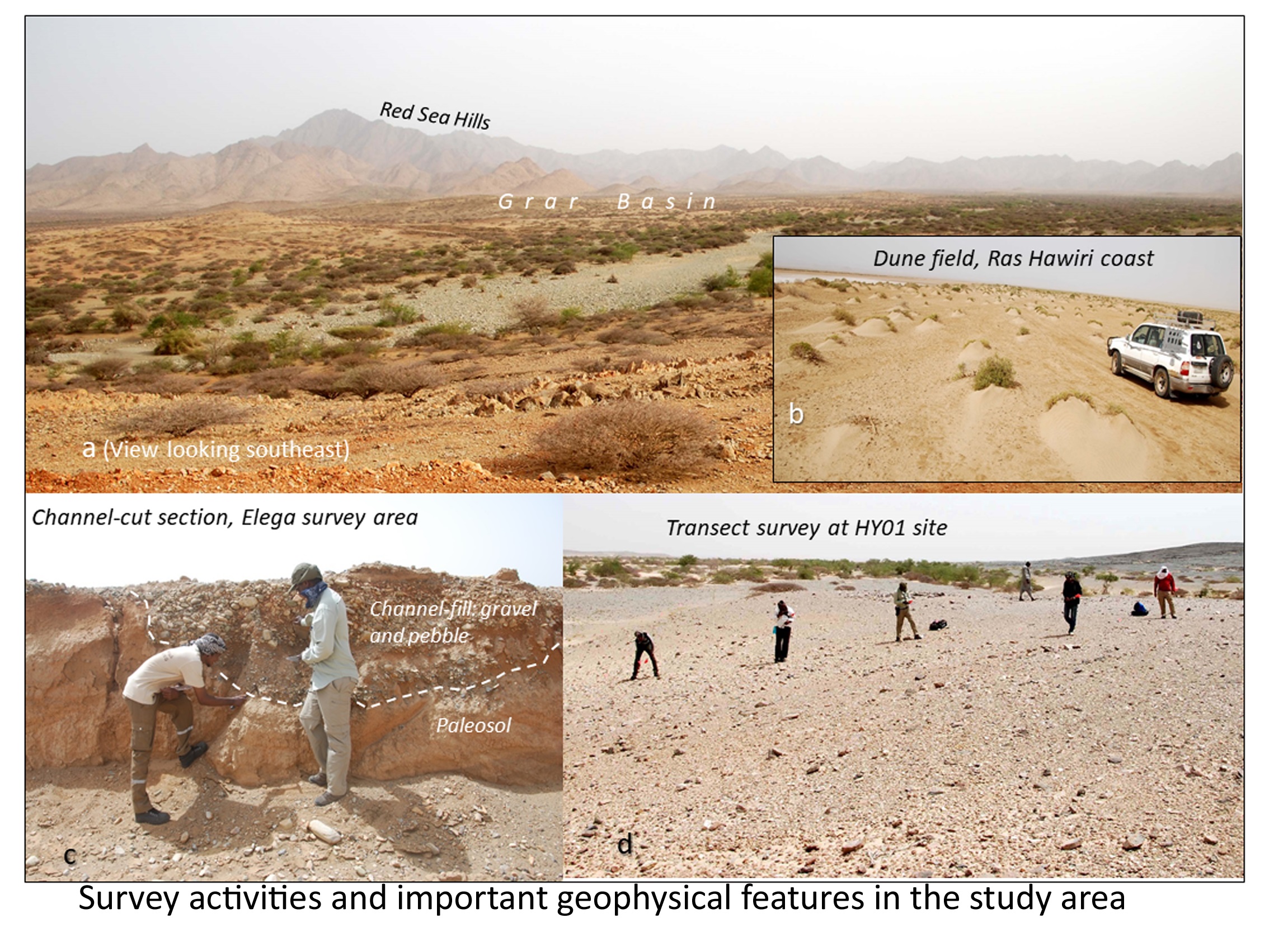Coasting Out of Africa
Paleolithic Investigation of the Red Sea Basin
In summer 2017, Dr. Beyin launched an exciting collaborative project on the Red Sea coast of the Sudan.
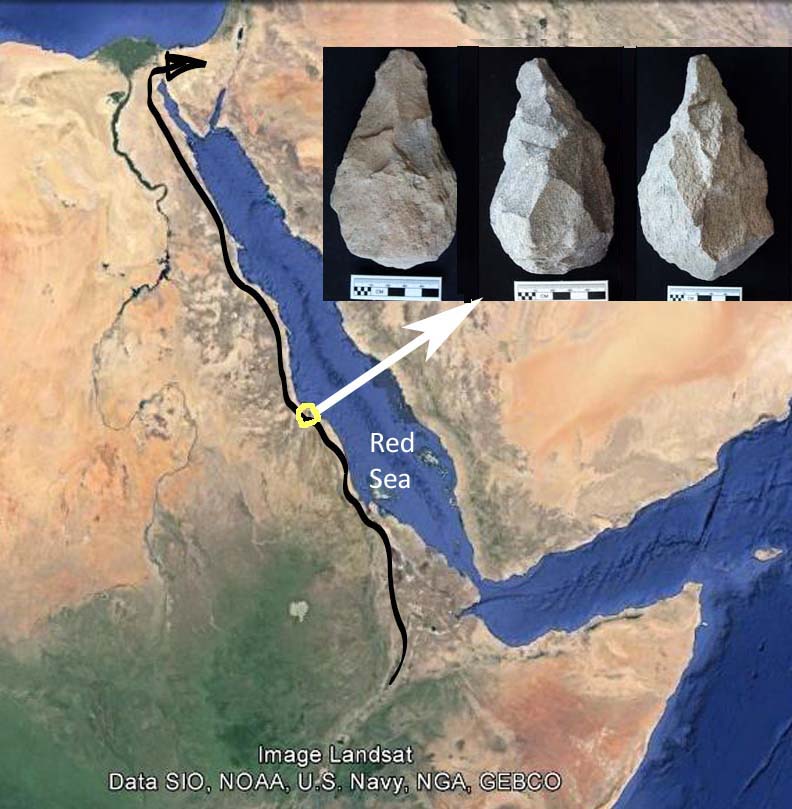
The launching of this pioneering project (funded by the National Science Foundation) was aimed at finding Paleolithic sites that can inform us about hominin (early human) adaptations in the western periphery of the Red Sea (WPRS). The research area is north of the Eritrean coastal stretch where Beyin’s team had previously recorded several Paleolithic sites. The WPRS occupies a pivotal location for assessing the routes early humans took during their expansion out of Africa. However, the region had not seen adequate research in the past, hindering detailed assessment of its contribution to hominin survival and dispersal. In its first season, the project documented five sites and numerous low-density lithic scatters on diverse landscape settings. The most conspicuous and widespread finds discovered during the pilot survey were handaxes (bifaces) characteristic of the Acheulean technocomplex. Other finds include points, scrapers, and flake blanks and cores referable to the Nubian and centripetal Levallois methods.
At the outset, the evidence from the pilot exploration suggests successive hominin occupations of the WPRS during the Pleistocene. In a broader theoretical context, this project provides an exceptional window into larger questions regarding the range of habitats hominins exploited prior and during their expansion out of Africa. The WPRS presents a mosaic of habitats in which to examine the role of coastal as well as tectonically active landscapes in stimulating hominin evolution, adaptation and dispersal. Moreover, the finds from this project will bridge current gaps between the paleoanthropological records of eastern Africa, Arabia and the Levant.
Dr. Beyin’s team has recently submitted three grant proposals (to the Wenner-Gren, Leakey and National Science Foundations) to continue investigating the sites recorded by the pilot survey.
Publications
Research Archive
Map of research Area
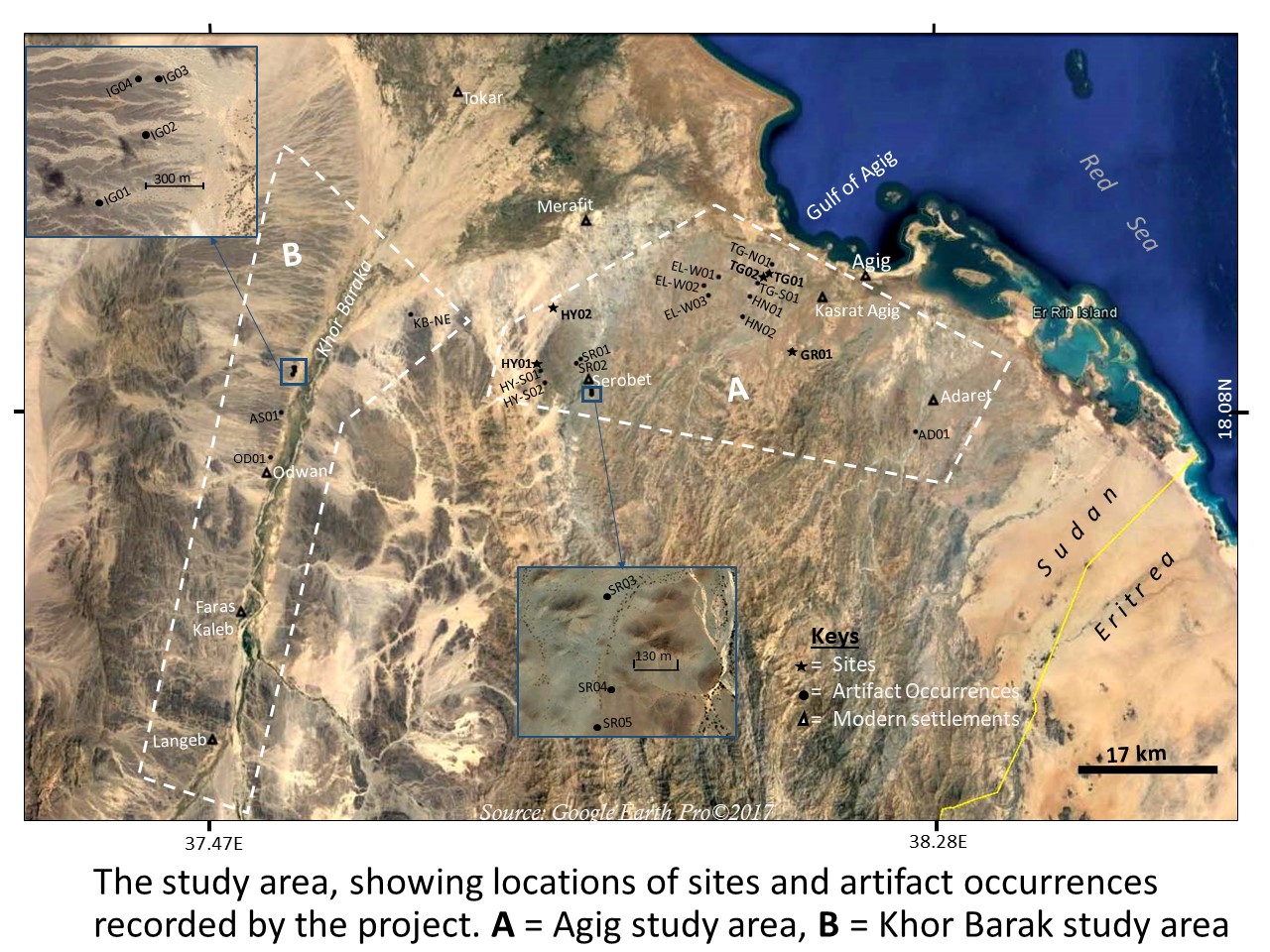
Site inventory and provenience
Lithic Artifacts

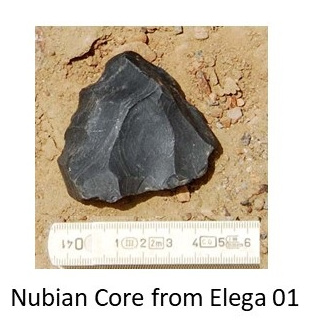
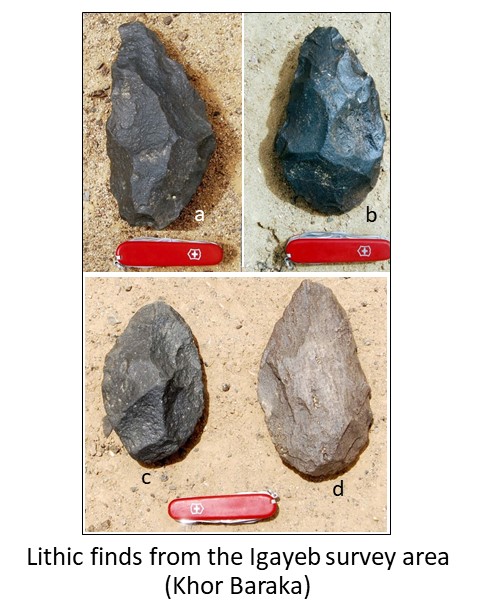
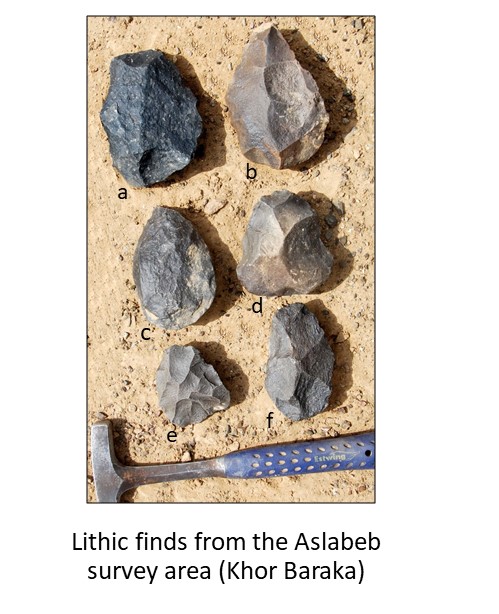
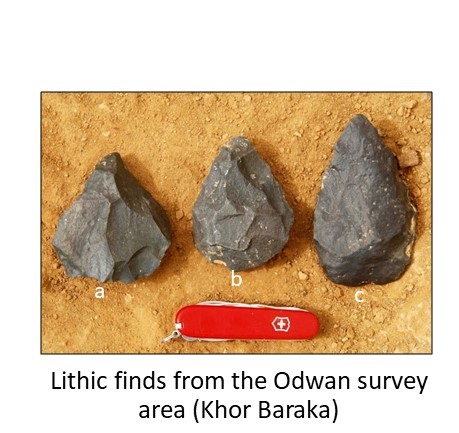
Geological Features
Geochronology datasets
Public outreach Presentations
Acknowledgement
U.S. National Science Foundation, grant# BCS-1400473
The National Corporation for Antiquities and Museums, Sudan
Dr. Abdel Rahman Ali, Dr. AlHassan Ahmed, Mr. Zakiedin Mahmoud, Mr. Madibbo Alhadi, and several community representatives from Agig, Tokar and Khor Baraka.
Senior Project Members
| Name | Role and core expertise |
Primary Institution |
Amanuel Beyin |
PI, archaeology, lithic analysis, GIS https://www.sites.google.com/a/asfet.net/amanuelbeyin/
|
University of Louisville, USA |
|
Parth R. Chauhan |
co-PI, archaeology, lithic analysis, geoarchaeology |
Indian Institute of Science Education and Research, Mohali, India |
Lewis Owen |
Geomorphology, geochronology
|
University of Cincinnati, USA |
|
Kevin Uno (KU) |
Paleoenvironment, stable isotope geochemistry |
Columbia University, Lamont-Doherty Earth Observatory, USA |
Ahmed Nassr (AN) |
Archaeology, lithics, local liaison https://neelain.academia.edu/ahmednassr/CurriculumVitae
|
University of Al-Nilean, Sudan |
|
Tsegay Medin (TM) |
Paleontology, paleoenvironment, conservation |
Institute of Human Paleoecology and Social Evolution, IPHES, Spain |
Yohannes Haile-Selassie (YHS) |
Paleoanthropology, paleontology, paleoenvironment https://www.cmnh.org/haile-selassie
|
Cleveland Museum of Natural History, USA |


